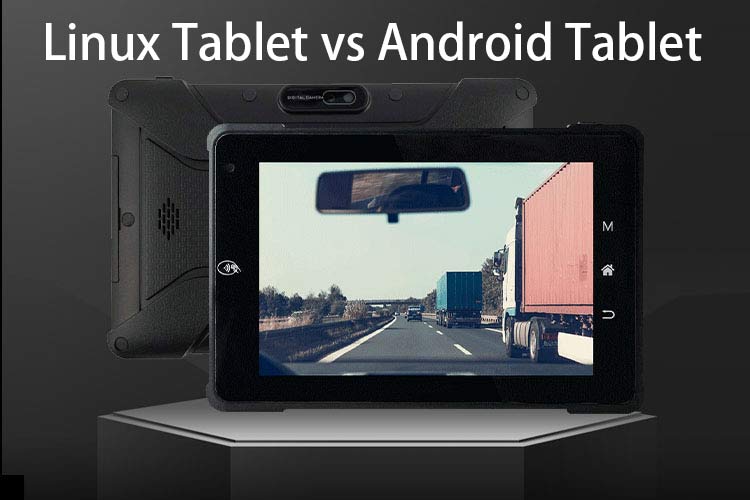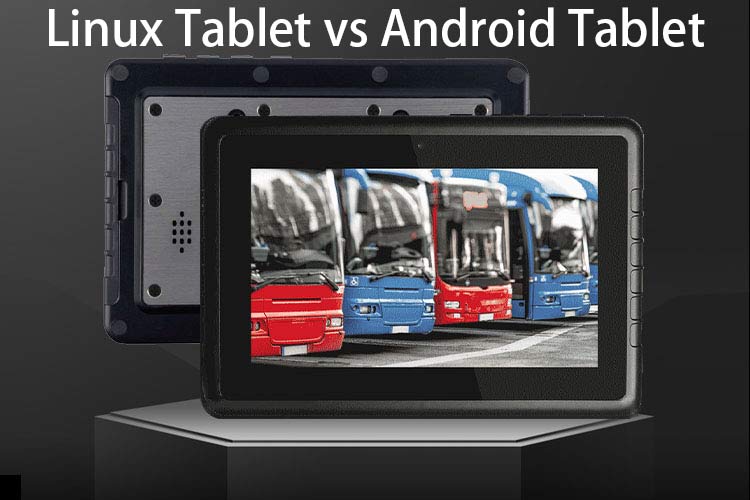Linux Tablet vs Android Tablet: A Detailed Comparison
2024-06-25
In the evolving landscape of mobile computing, tablets have become integral to both personal and professional life. Among the various types of tablets, Linux and Android tablets stand out due to their unique operating systems. This article explores the differences, advantages, and use cases of Linux tablets versus Android tablets, helping you make an informed decision.

Technical Specifications
Linux Tablet Specifications
- Operating System: Various Linux distributions (Ubuntu, Debian, etc.)
- Hardware: Customizable, typically open-source hardware.
- Software Support: Robust for development, servers, and specific applications.
- Security Features: Advanced with customizable security protocols.
- Performance: Highly dependent on configuration and use case.
Android Tablet Specifications
- Operating System: Android OS (latest version)
- Hardware: Standardized, often proprietary.
- Software Support: Extensive app ecosystem via Google Play Store.
- Security Features: Regular updates, built-in security features.
- Performance: Optimized for general consumer use.
Applications
Linux Tablet Applications
- Development Tools: Ideal for coding and development.
- Server Management: Excellent for remote server control.
- Customization: Tailored applications for niche needs.
Android Tablet Applications
- Entertainment: Streaming, gaming, social media.
- Productivity: Office suites, note-taking, task management.
- General Use: Browsing, email, multimedia consumption.
Benefits
Benefits of Linux Tablets
- Customization: Highly customizable OS and applications.
- Open Source: Freedom to modify and distribute software.
- Security: Enhanced security with user-defined protocols.
- Flexibility: Suitable for various technical applications.
Benefits of Android Tablets
- User-Friendly: Intuitive interface for general users.
- App Ecosystem: Access to millions of apps on Google Play Store.
- Affordability: Wide range of options at various price points.
- Regular Updates: Frequent OS and security updates.
Challenges and Limitations
Challenges of Linux Tablets
- Complexity: Steeper learning curve for non-technical users.
- App Availability: Limited mainstream app support.
- Compatibility: Potential hardware and software compatibility issues.
Challenges of Android Tablets
- Customization: Less customizable compared to Linux.
- Security: Dependence on manufacturer for timely updates.
- Bloatware: Pre-installed apps that cannot be removed.
Latest Innovations
Innovations in Linux Tablets
- Convergence: Devices that function as both desktops and tablets.
- Improved Interfaces: Enhanced GUIs for better user experience.
- Integration: Better integration with cloud services and IoT.
Innovations in Android Tablets
- Foldable Displays: Advancements in foldable screen technology.
- AI Integration: Enhanced AI features for improved user interaction.
- Enhanced Performance: Upgraded processors and graphics for gaming.
Future Prospects
Future of Linux Tablets
- Adoption: Increased adoption in professional and technical fields.
- Development: Growth in applications tailored for Linux.
- Integration: Greater integration with open-source hardware.
Future of Android Tablets
- Ecosystem Growth: Expansion of the app ecosystem.
- Technology: Continued advancements in display and processor technology.
- User Experience: Focus on enhancing user experience through AI and new features.

Comparative Analysis
User Experience
- Linux Tablets: Best for users needing high customization and security.
- Android Tablets: Ideal for users seeking ease of use and extensive app support.
Performance
- Linux Tablets: Performance varies; can be optimized for specific tasks.
- Android Tablets: Generally optimized for average user needs, with consistent performance.
Cost
- Linux Tablets: Varies widely based on configuration.
- Android Tablets: Available across a broad range of price points.
User Guides and Tutorials
Setting Up a Linux Tablet
- Choose a Distribution: Select a Linux distribution that suits your needs.
- Install OS: Follow the installation guide for your chosen distribution.
- Customize: Configure settings and install necessary applications.
Setting Up an Android Tablet
- Initial Setup: Follow the on-screen prompts to set up your Google account.
- Install Apps: Download apps from the Google Play Store.
- Customize: Adjust settings and organize your home screen.
Conclusion
Both Linux and Android tablets offer unique advantages, catering to different user needs. Linux tablets provide unparalleled customization and security for tech-savvy users, while Android tablets offer a user-friendly experience with a vast app ecosystem. Your choice depends on your specific requirements and technical comfort level.








